For the past several years, on the first day of each month, the Statistical Center of Iran has published the inflation report for the previous month. But this month, the report for the last month of the previous Iranian year, Esfand (Feb. 20-March 20, 2023) is yet to be posted. The official explanation is that SCI is in the process of changing the base year for the CPI from 1395 (2016) to 1400 (2021). Five-year updates are normal and necessary, because the expenditure weights used to calculate the CPI change over time, reads a new post, authored by economist Djavad Salehi Isfahani on his weblog. The full text follows:
Presumably, they are being recalculated using the household budget survey for 1400, which was concluded a year ago. Has there not been enough time to estimate the new weights?
In the meantime, the Central Bank of Iran has published its estimate of urban inflation (unlike SCI, the CBI only surveys urban households and prices) and it is quite high — 6.6% for the month and 64% over the same month of a year ago. This has led to speculations that the SCI may be delaying even worse news from the public.
The Esfand acceleration in inflation is not surprising, since prices usually rise faster in the last month of the year when Iranians make their Norouz purchases.
However, it would be surprising if the SCI number is higher because, at least for the past several years, the CBI price index, which measures urban inflation, has been rising faster than the SCI urban index, though it is close to the SCI rural index (see graph below).
Rivalry between the two government agencies over inflation reporting has a history, and for a while CBI stopped publishing its own inflation rates so as not to create confusion in the single most important economic statistic that the government puts out.
For a long time, the two rates offered very similar trends, which presented no problem. If anything, it was reassuring to have two independent series tell the same inflation story. But, since 2018, for reasons that I do not know, the two urban CPI series began to diverge. In 2021, the CBI index exceeded SCI’s by 31%.
One can hope that the delay is to settle this discrepancy. Until then, there is uncertainty about how fast prices are rising and whether inflation is accelerating or moderating. Globally, food prices are on decline, though Iran’s prices are more closely linked to the exchange rate, which has its own dynamic.
In the meantime, all estimates of living standards, real wages and poverty rates may have to be recalculated. This is one revision that Iran can do without since the confusion that already exists over the status of Iran’s economy — collapsing or not, which has confounded the public debate.
Speaking of confusion, I am surprised to see that CBI’s estimate of economic growth in the first nine months of last year (March-December 2022) is higher than SCI’s (3.7% vs. 3.3%) despite CBI’s higher inflation estimate. True, the CPI and the GDP deflator measure different things, but still I expected the opposite.




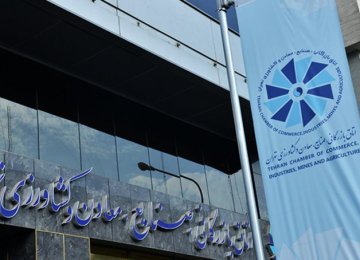
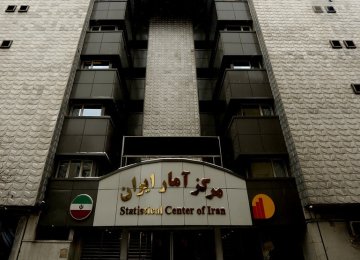
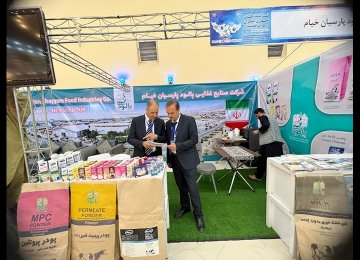


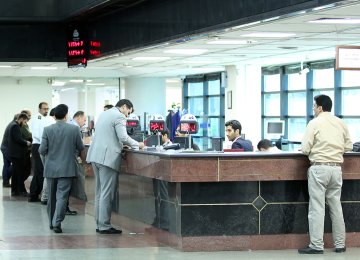
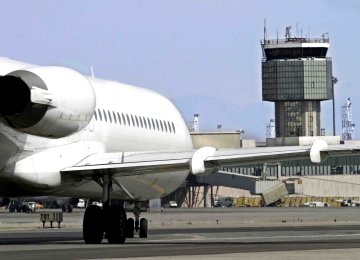


Add new comment
Read our comment policy before posting your viewpoints